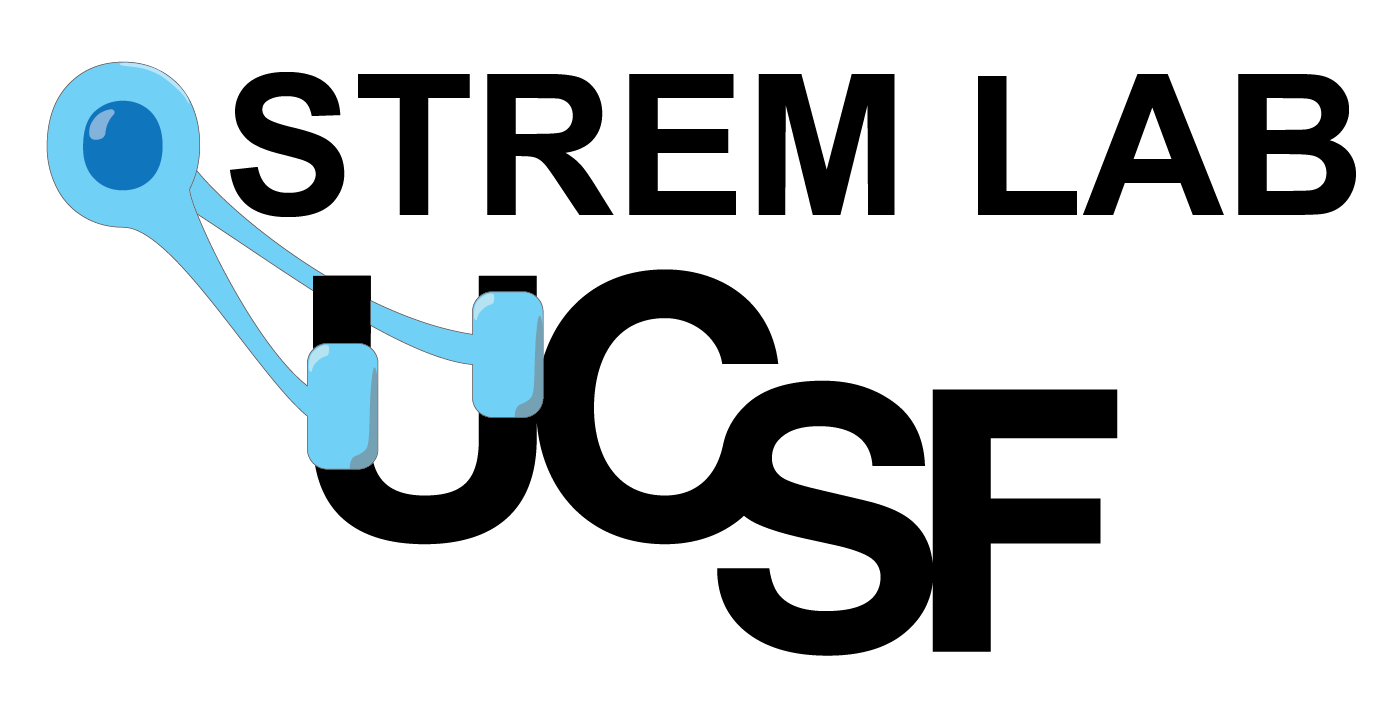
Our primary goal is to develop improved ways to treat neurological conditions of childhood. We are particularly interested in disorders affecting the white matter: the part of the nervous system involved in connecting different parts of the brain to one another and to the rest of the body. We are working on newborn brain disorders, such as white matter injury of prematurity, which can cause developmental delays, disability, cerebral palsy, seizures, and many other problems. We are also working on inflammatory and genetic conditions that affect white matter in older patients.
We use laboratory methods including primary cell culture and animal models to understand the basic biology of white matter injury, and to identify and validate novel therapeutics. We also perform neuroimaging, observational and interventional clinical research. Much of our work includes multidisciplinary collaborations with scientists and clinicians within and outside of UCSF, including the laboratories of Jonah Chan, Ari Green, Yi Li and Duan Xu. Together, we aim to improve preventative strategies and treatment options for patients.
Research Projects
Drug Discovery for Newborn Brain Disorders: We have developed a preclinical therapeutic pipeline for identification and testing of potential treatments for newborn brain disorders. Our major focus is currently on white matter injury of prematurity. Preterm birth, defined as birth before 37 weeks of completed gestation, is a major source of pediatric morbidity and mortality worldwide. White matter injury is the most common cause of brain injury in premature infants and is associated with a high risk of future disability and other neurological symptoms, such as muscle stiffness and seizures. There are no specific treatments for babies with this type of brain injury. Patients are monitored closely for associated symptoms, and are referred to rehabilitative therapies such as physical therapy to help maximize their developmental potential. We are working to develop treatments that directly promote recovery and repair in patients with white matter injury. We are using a high-throughput, cell culture-based screening platform combined with a novel neonatal feasibility scoring system to identify compounds that show high potential for both efficacy and safety in newborn brain disorders. Screen hits are validated and further tested in animal models to confirm efficacy and determine the best dosing strategy for future clinical trials.
Biomarker Development: We are working to identify better ways to predict future neurodevelopmental outcomes in babies with brain injury. Areas of interest include blood biomarkers, including high-throughput proteomic analysis on very small volume blood samples. We are also working to develop quantitative imaging (brain MRI) biomarkers, with a focus on advanced neuroimaging techniques that allow for a high-resolution, objective evaluation of the maturation of white matter microstructure and myelination in babies with acquired brain injuries.
Clinical Trials and Community Engagement: We are developing improved clinical trial methods to accelerate development of treatments for pediatric brain disorders. Through optimization of patient selection for specific clinical trials, we aim to identify the patients who are most likely to benefit from specific therapies targeting known disease mechanisms. We aim to improve trial efficiency through pioneering efforts such as adaptive, pharmacokinetic-guided clinical trial design. We are working with families and caregivers to better understand the priorities of patient communities and to receive input on clinical trial design, such as through the UCSF VOICE Study. We also partipate in clinical trials as part of the PANTher program, run by Dr. Alex Fay.